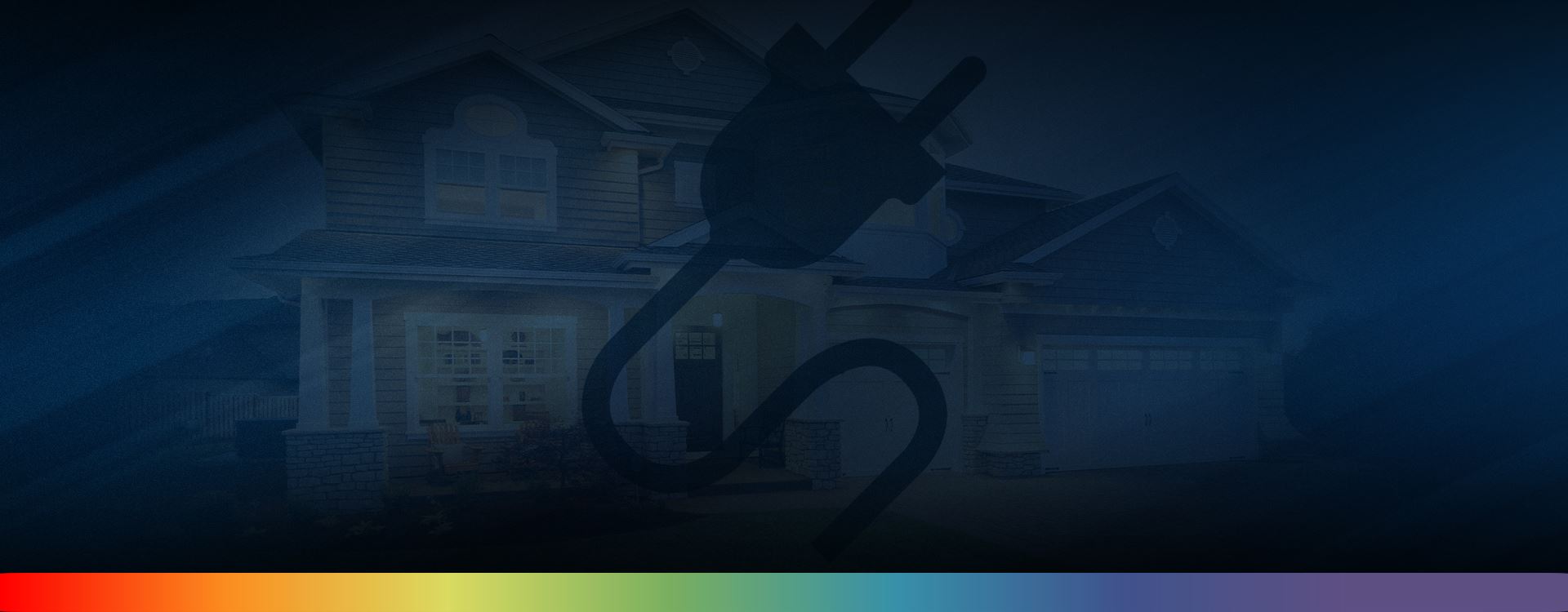Take a look at how home generators help to keep your lights on when the grid is down.
You probably also know that generators aren’t just for companies and government facilities. Home generators can keep your home up and running if power is knocked out by inclement weather, no matter the season.
But how do they work? Most home generators create electricity via an internal combustion engine similar to the one in your car. Most generators use diesel fuel, natural gas, or propane. These fuels must often be refilled manually but some generators can be connected to a constant source, such as your home’s natural gas pipes. These sorts of connections should always be made by a certified professional to ensure safety.
One of the biggest safety concerns when using a home generator is the possibility of “back feeding.” This occurs when electricity is sent into the power grid from the opposite path it usually takes. Think about a car driving in the opposite lane of a busy street and you’ll get an idea of how dangerous back feeding is. It can cause major damage to the generator and wiring, set fires, and even endanger utility workers handling nearby lines.
There are a few ways to avoid back feeding. If you are using a portable generator, you can run electrical cords from the generator to whatever device you are using. (This is often done with generators at construction sites and campgrounds.) When doing so, however, there must not be a connection between the device and the power grid. Generally speaking, any devices that require an electrical outlet are not connected when they are unplugged, as this is the only way they are hooked into the power grid.
Of course this means portable generators cannot power devices that do not have electrical cords, such as central heating and air units. With portable generators, expect to run long electrical cords through your home or yard to reach the desired appliances.
Despite the small size of many units, portable generators should only be operated outside due to the exhaust fumes they produce, including carbon monoxide. Carbon monoxide poisoning is a very real hazard if portable generators are used indoors.
A more convenient option for a home generator is to connect it to a transfer switch. These devices switch the source of your home’s power from the electric grid to your home generator and back again, eliminating the possibility of back feeding and the need for lengthy cords.
Transfer switches are installed by certified electricians directly into your home’s electrical system. During set-up, the electrician configures the electrical lines in your home that will receive power from the generator.
More important devices, such as refrigerators, are given priority and pull power from the generator first. Larger devices, such as water heaters, stoves, and central heat/air can be powered by the home generator, but the circuit breakers used to control them must be adequately rated. If they are not, significant damage can occur to these machines and their wiring.
Due to the potential danger to yourself and your property, the importance of hiring a professional electrician when installing transfer switches cannot be overstated.
Many models of transfer switches and accompanying power management systems are available. The easiest to install are manual switches which must be turned on by hand when the power goes out. More expensive (but far more convenient) units are available that make the switch automatically after detecting a power outage.
To learn more about your options in transfer switches and home generators, give us a call at (678) 324-3117.
We’ll be happy to discuss devices that meet your needs and budget. You won’t have to worry about ice-covered branches or springtime storms knocking out your power with a home generator. It really is like having a personal power plant connected to your home!
Give us a call at (678) 324-3117 to discuss how McCauley Electrical Service can help you keep the electricity flowing during outages.
